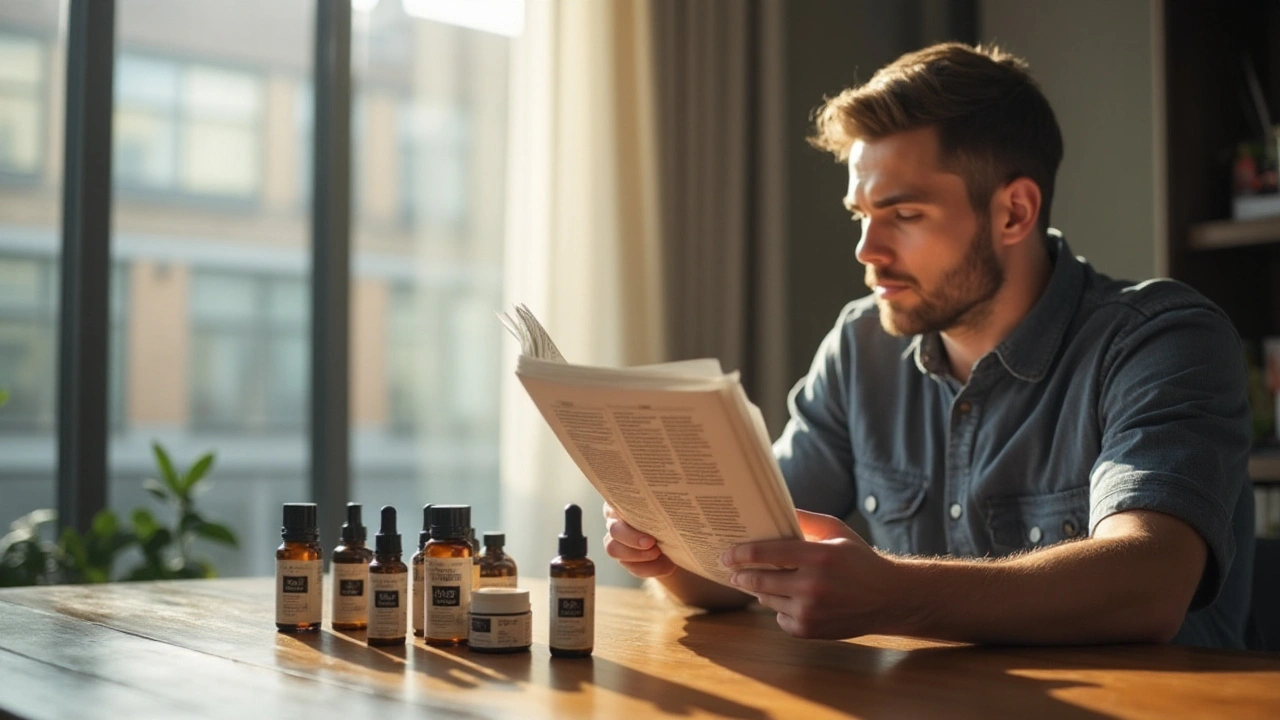Hair Regrowth: Practical Tips and Treatment Options
If you’re scrolling through endless forums hoping for a miracle, pause. Real progress comes from a mix of proven medicines, smart supplements, and simple daily habits. Below you’ll find the most effective routes to fuller hair without the fluff.
Top Over‑the‑Counter Options
Minoxidil (often sold as 5% foam or liquid) tops the OTC list. Apply it twice a day directly on the scalp, and give it at least three months before judging results. Most users see noticeable thinning slow down and new strands appear after six months.
Caffeine shampoos aren’t a magic bullet, but they can boost circulation when used consistently. Look for products that list caffeine as an active ingredient rather than a marketing add‑on.
Biotin supplements (usually 5 000–10 000 µg) help if you’re deficient, but don’t expect massive growth on their own. Pair biotin with a balanced B‑complex for better results.
Prescription Treatments Worth Considering
Finasteride (1 mg daily) blocks the hormone DHT that shrinks hair follicles. Clinical studies show about 85% of men notice less shedding and some regrowth within a year. Women should avoid it unless prescribed by a specialist.
\nLow‑level laser therapy (LLLT) devices, like combs or caps, deliver red light to the scalp. They’re FDA‑cleared for hair loss and can be used at home a few times a week.
If you have an autoimmune condition such as alopecia areata, a dermatologist might suggest corticosteroid injections or topical steroids. These work by reducing inflammation directly around the follicle.
When choosing any prescription, always verify the pharmacy’s legitimacy. Look for licensed online pharmacies that require a valid prescription and provide clear contact info.
Beyond meds, keep your scalp clean but not stripped of natural oils. Use a mild shampoo, avoid excessive heat styling, and protect your hair from harsh UV exposure with a hat or sunscreen spray.
Nutrition matters too. A diet rich in lean protein, iron, zinc, and omega‑3 fatty acids supports follicle health. Think fish, nuts, leafy greens, and beans.
Finally, manage stress. Chronic cortisol spikes can push hair follicles into a resting phase. Simple practices like short walks, breathing exercises, or brief meditation sessions each day help keep hormone levels balanced.
Putting these pieces together—minoxidil or finasteride where appropriate, supportive supplements, scalp‑friendly habits, and a healthy lifestyle—gives you the best shot at real hair regrowth. Stay patient; most treatments need 3–6 months to show results, but consistency pays off.

Top Alternatives to Propecia for Hair Loss Treatment in 2025
Exploring various alternatives to Propecia for treating male pattern baldness in 2025, this article evaluates the effectiveness, benefits, and potential drawbacks of each option. From topical treatments to natural supplements, there are diverse approaches available today. Each alternative offers unique properties that may suit different needs and preferences. Understanding these options helps individuals make informed decisions about their hair restoration journey.
Read More